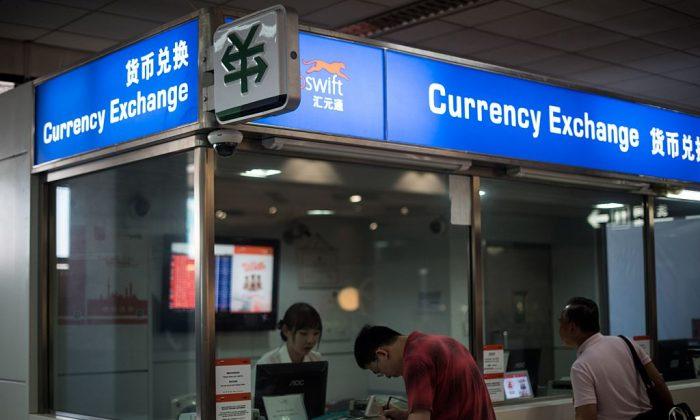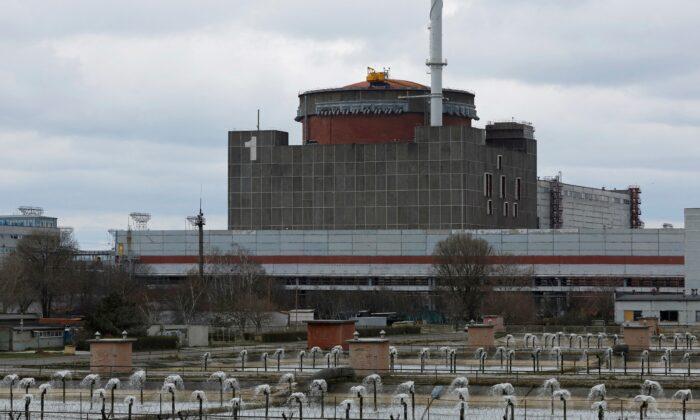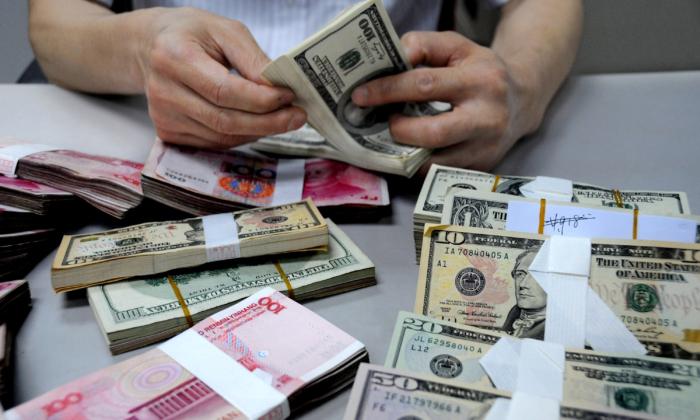As the end of the year approaches, people across China see higher prices at grocery stores, gas pumps, and even at home as Beijing tries to tame the inflation on essential goods.
According to a December report by China’s Bureau of National Statistics, the country’s producer price indexes (PPI) in October and November were up by 13.5 percent and 12.9 percent respectively compared to the same period last year. Meanwhile, its consumer price indexes (CPI) in October and November were up 1.5 percent and 2.3 percent compared to the same period last year.
PPI measures the average change in sale prices for the entire domestic market of raw goods and services, while CPI is often applied to calculate changes in the cost of living. For example, if the market price of chemical fertilizers goes up, it would cost more for farmers to grow vegetables. As a result, consumers would pay more for fresh vegetables in grocery stores, thus driving up the CPI.
Hong Kong financial analyst Katherine Jiang told The Epoch Times that China’s recent double-digit increase in PPI has begun to affect its CPI. The recent price hike in raw materials will soon reflect in consumer prices.
In consumer foods, pork saw the highest month-on-month price hike of 12.2 percent in November, fresh vegetables 6.8 percent, fresh fruits 4.3 percent, and eggs 3.0 percent compared to the prices in October.
Compared to November last year, China’s transport fuel costs saw a year-on-year increase of 35.7 percent, fresh vegetables 30.6 percent, and eggs 17.6 percent. As well, the price of water, electricity, and fuels for housing rose by 4.4 percent compared to the same period last year.
On Dec. 15, the spokesperson of China’s National Statistics Bureau admitted to a reporter that the country is currently experiencing a high level of inflation due to increases in production costs, causing supply shock on essential goods.
Regarding the supply shock, Jiang added that the rising costs of “rigid demand” such as food and transportation had squeezed the people’s spending power, resulting in the shrunken demand for other non-essential goods. Rigid demand refers to basic living necessities that are less affected by price fluctuations.





